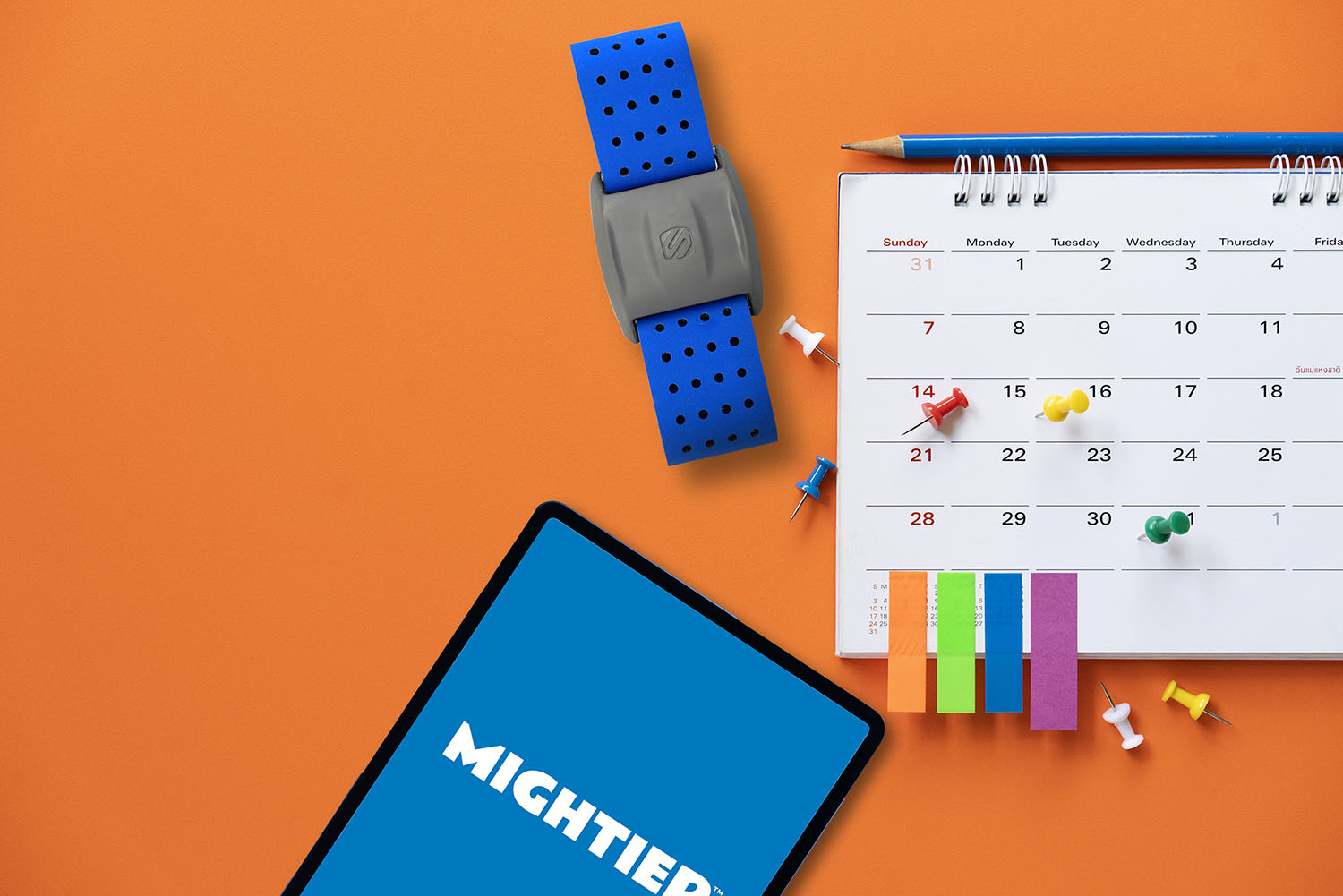Symptoms of ADHD
Attention deficit hyperactivity disorder (ADHD) is one of the most prevalent child mental health disorders in the United States – about 1 in 10 children in the U.S. have an ADHD diagnosis. ADHD symptoms include inattention, hyperactivity, and sometimes impulsivity, at greater severity than is typically observed in children of the same age. Children with ADHD have short attention spans, which often makes it difficult for them to pay attention in school and to complete school work.
Hyperactivity symptoms of ADHD sometimes make it seem like a child is constantly in motion, fidgeting, running around, climbing, and having trouble sitting still. Impulsivity symptoms can lead children with ADHD to act without thinking. They may have strong, impatient reactions to waiting, especially when they’re expected to be still. Children with ADHD may also be more likely to blurt out answers in school, to interrupt or intrude on others, or to engage in risky behaviors such as playing aggressively or ignoring rules.
Research shows that there are biological differences between people who have ADHD and people without ADHD. For children with ADHD, the neurotransmitters dopamine and norepinephrine do not work as effectively in the areas of the brain associated with executive functioning. This can negatively affect children’s emotional control, inhibition, time management, planning and organization. It can also negatively impact working memory, which affects children’s processing speed and their ability to multitask.
Parenting a child with ADHD
Some of the common stressors of parenting – when your child seems not to listen to you, appears to not put enough effort into their schoolwork, has trouble initiating or following through with school work and house chores – are heightened by ADHD symptoms. Because it can take years for ADHD to be diagnosed, so many parents struggle for a long time to distinguish whether their children’s behaviors are intentional or if they may be associated with a mental health disorder.
After they receive an ADHD diagnosis, parents have to decide what kinds of ADHD treatment options are best for their child. Medication and behavioral therapy are fairly common ADHD treatments. About 6 in 10 children with ADHD receive ADHD medications, and about half receive behavioral therapy. Some families try to avoid ADHD medications, in part due to concerns about side effects. Alternatives include dietary changes, increasing physical exercise, brain stimulation exercises, and neurofeedback.
Video game addiction, and other concerns of parents whose kids have ADHD
Many parents of children with ADHD wonder if video game play is safe for their children, given biological differences in the “ADHD brain,” and how this may impact their child’s development. Two of the things that many children love about video games — constant stimulation and rewards — are particularly appealing to children who have ADHD. This makes parents worry that their children with ADHD are at high risk for video game addiction or internet addiction. The tendency of children with ADHD to hyperfocus – to fixate on an activity for an extended period of time – exacerbates their parents’ worries. Generally speaking, children with ADHD may have higher risk of developing addictions, given the way their brains seek and process rewards. This is no more or less true of video game play than of other activities that involve dopamine, but it is still a risk to be aware of.
Some parents also worry about the social interactions that children may have during their video game play. With so many multiplayer video games available over the internet, many of them free, parents worry that their children may be communicating with people who have dangerous ulterior motives. And given that children with ADHD may be more prone to impulsive or risky behaviors, they may be more
susceptible to the risks of social gaming and other types of social media. Parents can mitigate the risks of interactive games and media by having open conversations with their children about internet safety, and clear expectations and supervision around video game and internet use.
People sometimes wonder if video games may cause ADHD, or exacerbate ADHD symptoms. This is not the case. Research shows that children who have more severe ADHD symptoms may be more likely to want to spend a lot of time playing video games. But there is no research showing that gaming causes ADHD or exacerbates ADHD symptoms.
The COVID-19 pandemic and screen time
Despite their concerns about screen time, many parents also see benefits of allowing their children access to screens. They see educational value in some screen-based activities, and opportunities for families to enjoy screen time-based activities together. Parents also want their kids to have fun – and video games are fun.
In addition to these perceived benefits, the COVID-19 pandemic has changed the ways that many families think about child screen time. With millions of people learning and working remotely from home, many parents are unable to make it through their work day unless their children play an hour or two of games- educational or otherwise – on a family ipad or other device. There is plenty of downside to screen time. But screens are a big part of what’s helping us all get through the pandemic.
The first prescription video game for ADHD
An interesting development in ADHD treatments, and part of a growing digital therapeutics trend in healthcare more generally, is EndeavorRX, a video game experience that has been FDA-approved for the treatment of ADHD. In a number of clinical trials, the game-based intervention from Akili Interactive was shown to help improve the attention of children with ADHD. As of this writing, the intervention is available to purchase by individuals, but not yet covered by insurance companies.
Tips for managing your child’s screen time
Whether or not your child has ADHD, actively working to manage their screen time has benefits for them, and for you. A few tips to help you set a screen time plan for your family:
1. Decide how much screen time you want your child to have daily, outside of school-related and educational screen time.
2. Have a family conversation in which you give your child an opportunity to tell you how much screen time they would like to have. It is important for your child to feel like they are a part of the conversation.
3. Decide on a baseline amount of screen time per week, and a bonus amount of screen time per week. The idea is that your child will get the baseline screen time each week no matter what, and can earn bonus screen time if they complete important tasks and responsibilities, like chores and homework.

















